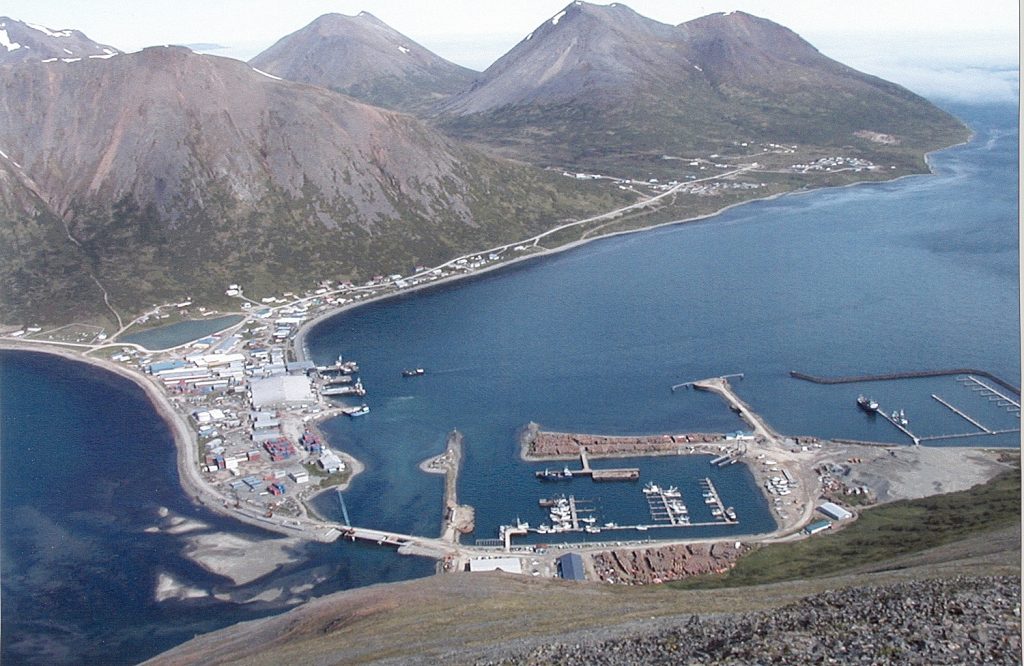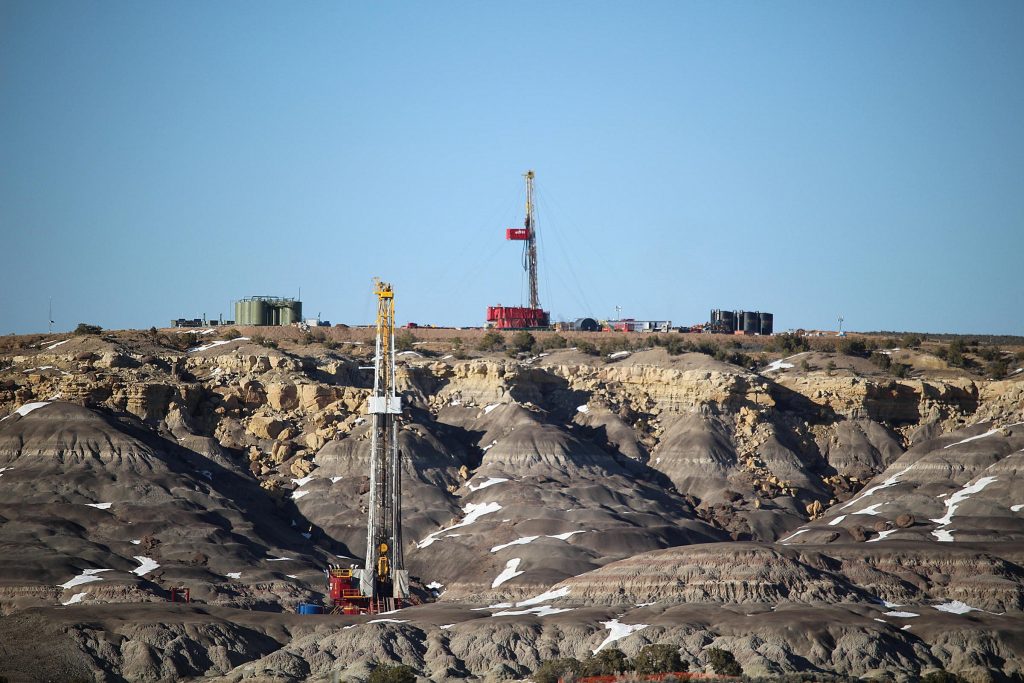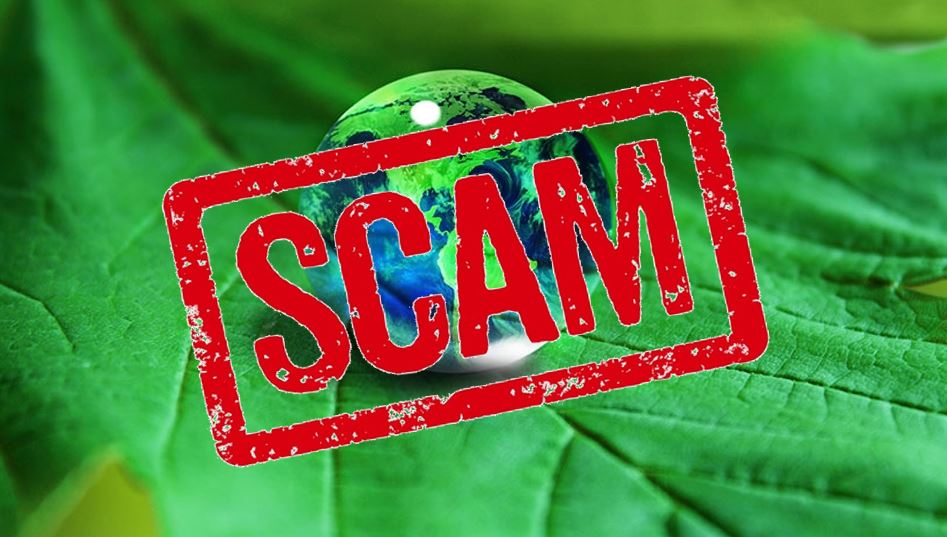The statute also burdens property owners through the designation of critical habitat, which further restricts land use. Most alarmingly, the federal agency charged with implementing the statute contends that it can designate private land as critical habitat even if it is not occupied by the species and would be inhospitable for the species.
Jonathan Wood
Property and Environment Research Center
ENDANGERED SPECIES DEPEND ON PRIVATE LAND, SO WHY TREAT LANDOWNERS AS THE ENEMY?
“You catch more flies with honey than vinegar.”
That familiar adage explains the simple proposition that incentives matter. Although most everyone concedes this obvious truth, government policy has a funny way of refusing to conform to it.
This is perhaps nowhere more true than environmental policy. Take the Endangered Species Act. Endangered species disproportionately rely on private property for habitat. So you might expect that the statute focuses on incentivizing property owners to maintain or improve habitat on their land for the benefit of species.
But you’d be sadly mistaken. Instead, the statute punishes the people whose land provides the last remaining habitat for dwindling species by imposing significant regulatory burdens on them.
One way that the statute does this is by broadly forbidding the “take” of endangered species, which prohibits a wide variety of ordinary land-use activities, like building a home, plowing a field, or cutting down a tree. The federal agency has actually made the situation worse by extending this prohibition to threatened species, undermining the incentive to recover endangered species by depriving landowners of any reward for successful recovery efforts.
The statute also burdens property owners through the designation of critical habitat, which further restricts land use. Most alarmingly, the federal agency charged with implementing the statute contends that it can designate private land as critical habitat even if it is not occupied by the species and would be inhospitable for the species.
In other words, the government contends that private land can be regulated as “critical habitat” even if it isn’t habitat at all. The Pacific Legal Foundation has asked the Supreme Court to decide whether this bizarre interpretation is legal.
[wp_ad_camp_1]
Beyond the legal question, designating uninhabitable private land makes no sense as a policy matter. Protecting most species requires building goodwill with the private landowners on whom the species depends. That is true of the dusky gopher frog, the species at issue in the case. As Judge Edith Jones put it in her dissent when the case was before the Fifth Circuit:
Unlike all of the Mississippi units, [this private land] is uninhabitable by the shy frog. . . The Service admitted that without “prescribed burning” and creating a “forested habitat (preferably longleaf pine),” among other measures, [the land] is “unsuitable as habitat for dusky gopher frogs.” Designating [it] as critical habitat also portends significant economic losses to the landowners. . . The Service acknowledged that critical habitat designation could result in economic impacts of up to $34 million, stemming from lost development opportunities. . . The Service expressed its “hope to work with the landowners to develop a strategy that will allow them to achieve their objectives for the property and protect the isolated, ephemeral ponds that exist there.”
If the government slapped burdensome regulations on your property, costing you tens of millions of dollars, would you be so grateful that you would voluntarily convert the land into a nature preserve? To ask that question is to answer it. It’s far more likely that costly designations like this will breed such resentment that landowners will never let their property be converted into habitat.
Unfortunately, the courts have so far rubberstamped this practice, and the U.S. Fish and Wildlife Service has adopted a regulation to make such designations more common. The Trump administration has signaled that it may repeal the regulation and reform the critical habitat process. That would be a major step in the right direction.
As PERC’s Hannah Downey and Strata’s Megan Hanson explain in the Salt Lake Tribune, the administration
should walk back regulatory expansions that discourage private conservation investments, such as the designation of critical habitat on private property that is actually inhospitable for protected species anyway. Instead of punishing private landowners, we should do more to incentivize voluntary conservation of endangered species and their habitats . . .
Instead of counterproductive regulations like this, we need more creativity, partnerships, and positive incentives to preserve and restore habitat for species. In particular, federal law should empower states and private environmental groups to work with property owners to develop voluntary conservation programs that benefit everyone, rather than pitting property owners’ interests against species.
Find out more about Jonathan Wood and his articles here
Free Range Report
[wp_ad_camp_3]
[wp_ad_camp_2]





I am 100% in favor of doing away with all acts that claim a species is endangered, the government has no duty or legitimate authority to do any of this stuff. The Federal agencies should be abolished as soon as possible.